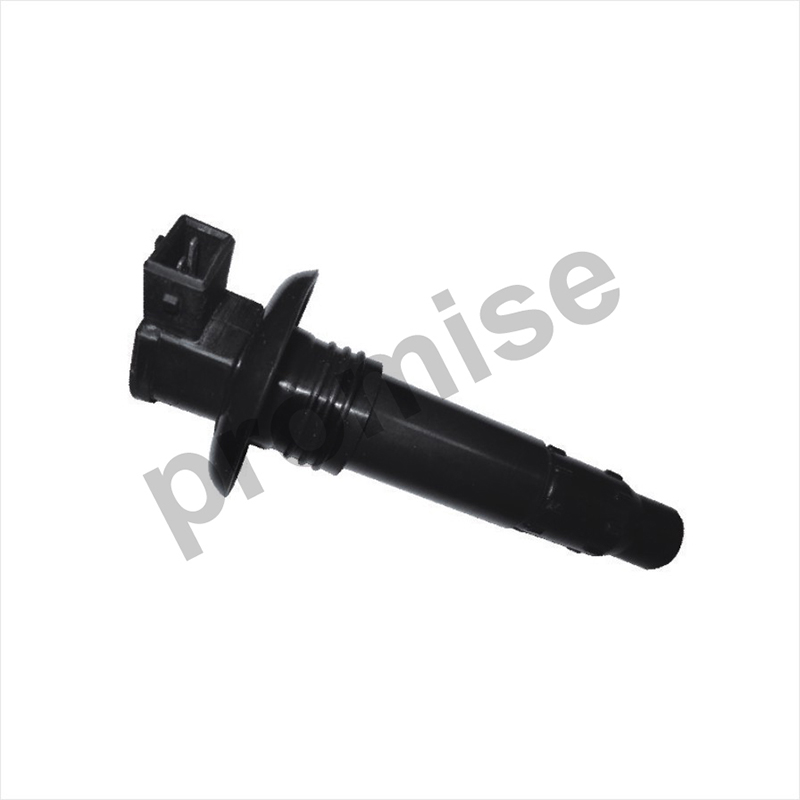An ignition coil is a small induction coil within the i […]
An ignition coil is a small induction coil within the ignition system of a vehicle that changes the electrical voltage of the battery to the millions of volts required to generate a light electric spark in the ignition plugs to ignite the gasoline. Ignition Coils is also calling ignition coils, spark plugs, ignition pads, or glow plugs. Because of their location and function, ignition coils are usually easily identified and can be replaced by a trained mechanic or by an auto electrician.
A catalytic converter is the device inside your automobile engine that converts toxic substances in the exhaust to harmless carbon dioxide and water vapor before it exits the engine. If the catalytic converter fails to work properly, your car may not pass inspection while running and could potentially damage the engine. The majority of catalytic converter failures occur in older vehicles that utilize hard top tanks, solid fuel injectors, vented exhaust systems, and dirty engines. Catalytic converters are a very important part of the exhaust system, but they are typically only "in the blue" if they work properly. In order for a catalytic converter to become "in the blue," it must be emitting poisonous gases and high pressure flames. If this catalyst doesn't meet stringent emission standards, your catalytic converter might be needing to be replaced.
All of the ignition coils in your vehicle have two parts: the shaft windings and the magnetic field windings. Each part is necessary for proper operation and requires specific care. As stated earlier, the most common reason a coil fails to start is because of worn or defective windings.
The most commonly replaced ignition coil in a vehicle is the magnetic field part, because it is the only part that has a voltage step-up supply and is directly exposed to combustion air while the vehicle is running. Spark plugs often fail in other areas of the engine such as at the tailpipe and the carburetor. However, most vehicles contain a magnetic field generation device that draws power from the battery when the battery is charged.
The problem with spark plugs and the ignition coil in general is that their use deteriorates over time. Over time, the electrical resistance between the lead plates and the steel core that are contained within the coil causes the metal to become hot. This allows the metal to expand and contract, which creates tiny metal flakes and arc sounds. In addition, the metal in between the plates can sometimes split open, allowing corrosive gas and particles into the motorcase. When both components fail to work properly, your car may not function properly either.
One of the best ways to improve the performance of your vehicle's electrical system is to replace your spark plug and ignition coil. A good manufacturer will provide you with a detailed repair guide so you know exactly what to do and how to perform your repairs. It is also important to note that even though the magnetic field within the primary winding of the ignition coil is essential for proper operation, it must be maintained at a high enough level to keep the electrical system safe. The electrical system works with the magnetic field to create electricity, which is passed on to your battery for storage during your stops. As the system degrades in overall efficiency, the batteries will not hold as much power, which means you will lose power as well.
